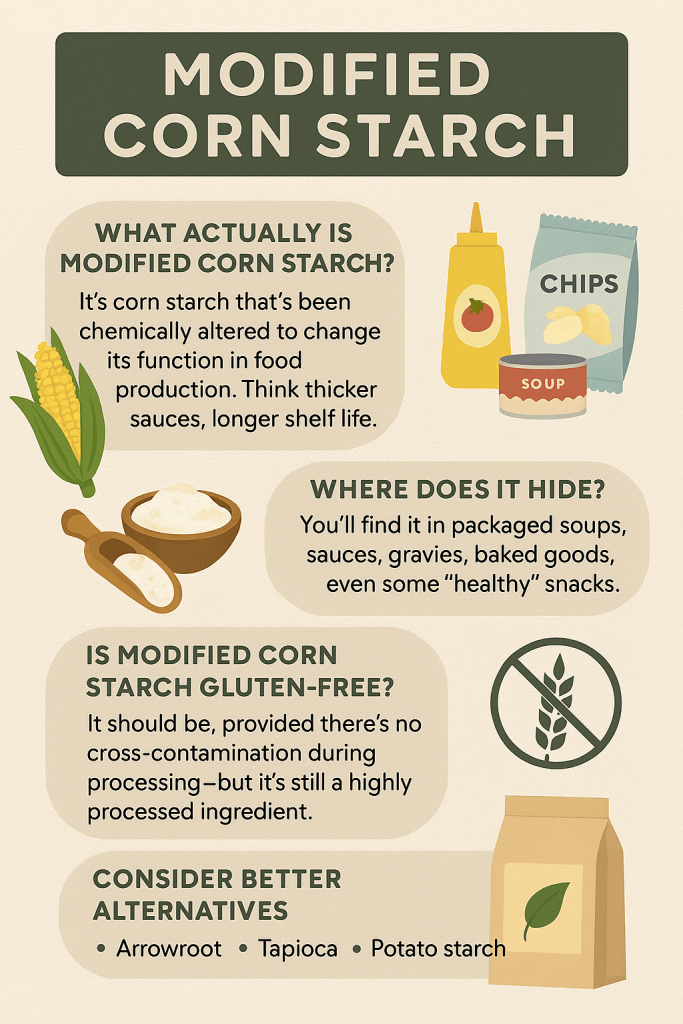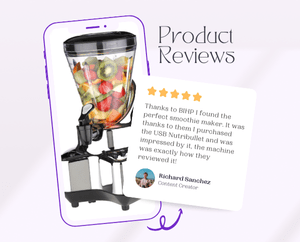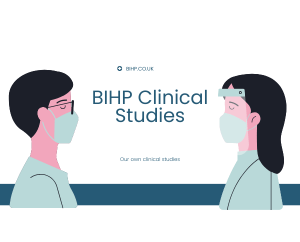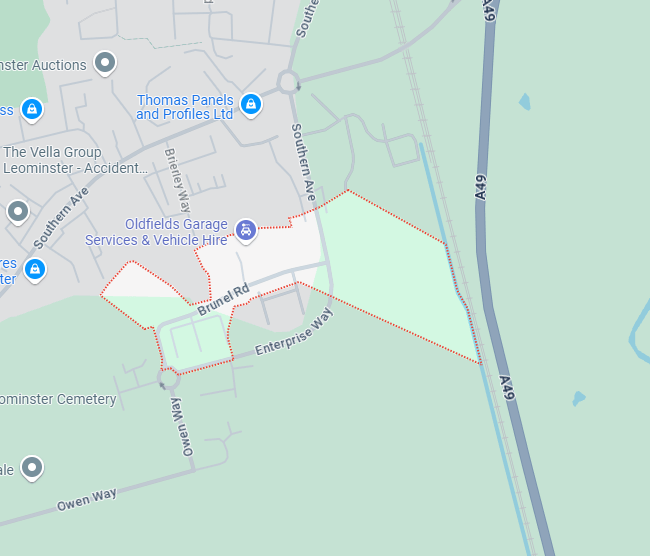Modified Corn Starch: What It Really Is and Why It’s in So Many Foods
Modified corn starch sounds harmless, right? It’s in so many products, from sauces and sweets to baked goods and ready meals. But what actually is it — and should you care? Let’s get into the facts.
What Is Modified Corn Starch?
It begins as ordinary corn starch — the fine white powder you get from the endosperm of corn kernels. Then, manufacturers treat it with physical processes (like heat or acid), enzymes, or chemicals to change its properties. The goal? Better shelf life, improved texture, and resistance to heat or freezing.
It’s not the same as genetically modified (GM) corn, although in the US especially, modified starch often comes from GM sources. That’s a different can of worms — and one worth thinking about if you’re looking to avoid GM ingredients.
Is It Gluten-Free?
Here’s where things get a bit more technical. Modified corn starch is gluten-free if it’s made from pure corn and processed in a gluten-free facility. Corn itself doesn’t contain gluten, so that part’s safe.
However, if a label simply says “modified starch” without specifying the source, it might come from wheat, barley, or rye — which are not gluten-free. This is especially relevant in countries with different labelling standards. Always check the label, and if you’re coeliac or gluten-sensitive, err on the side of caution.
Why Do Manufacturers Use It?
Modified corn starch is cheap, effective, and reliable. It thickens sauces without separating. It makes puddings and fillings smooth and stable. It keeps baked goods fresher for longer.
In processed food, it’s a workhorse. But that’s not necessarily a good thing. You’ll find it in items that prioritise convenience over nutrition — think microwave meals, instant soups, sweets, and processed cheese.
It’s not added for health. It’s added for function.
Does It Offer Any Nutritional Benefit?
Short answer? No. It’s refined and altered in ways that strip it of nearly all nutritional value. No vitamins, no minerals, no fibre. Just a neutral, carbohydrate-heavy filler.
So, while it won’t harm you in small doses, it doesn’t help you either. It’s like eating air with a bit of starch in it.
What to Watch Out for on Labels
Modified corn starch can hide under many names. Look for:
- Modified corn starch
- Modified starch (with no source listed)
- E-numbers like E1404, E1412, E1420, E1422 (these indicate different modification methods)
If you follow a gluten-free diet or want to avoid overly processed foods, this is where it pays to slow down and read the small print.
Better Alternatives If You’re Going Clean
Looking for a wholefood swap? These natural thickeners are worth considering:
- Arrowroot powder – gentle and effective in sauces
- Tapioca starch – great for baking and thickening
- Psyllium husk – adds fibre and structure
- Ground flax or chia – ideal in baking
- Potato starch – if you tolerate nightshades
These ingredients don’t just thicken — they offer nutritional benefits too.
Final Thoughts
Modified corn starch might be technically gluten-free, but it’s still a highly processed ingredient. It’s not inherently dangerous, but it’s also not particularly nourishing. It’s in many ultra-processed foods, which, according to current research, could affect long-term health.
If you eat it occasionally, it’s unlikely to do much harm. But if you want to keep your food clean and whole — look for alternatives, and keep an eye on labels.
“Want to uncover another processed ingredient used in everyday products? Have a read through our breakdown of pregel starch and its surprising side effects.”






